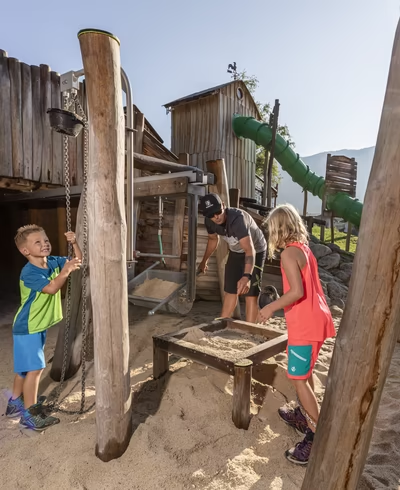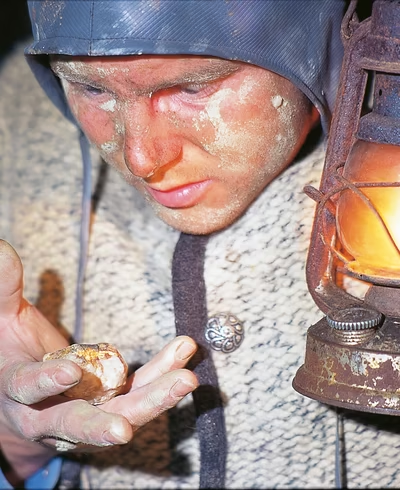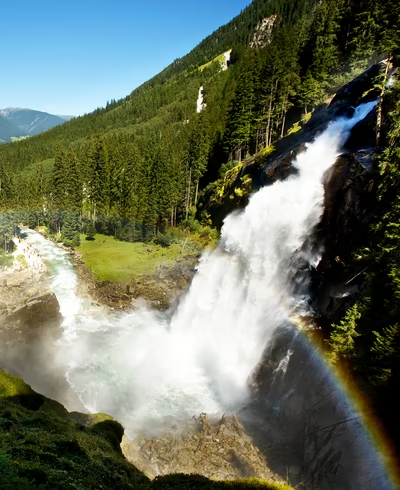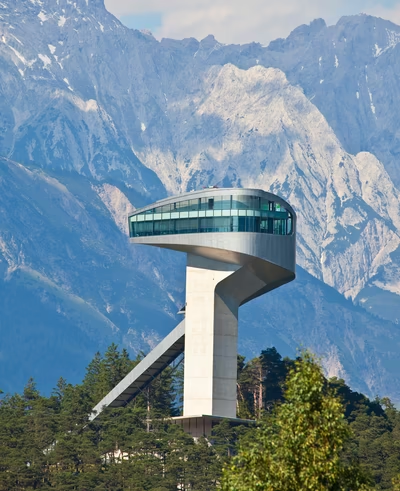Region & excursion destinations
Our Zillertal: a region that inspires leisure adventurers. And the Sonnenhof? Right in the heart of the valley. The perfect starting point.

Zell & the Zillertal Arena
Our village of Zell am Ziller and the Zillertal Arena: the center of the valley, the largest ski area in the region, just a four-minute walk from the Sonnenhof. The best conditions for a wonderful winter vacation and a relaxing summer vacation in the mountains.
And if you fancy something completely different: the sights and excursion destinations in and around our Zillertal are guaranteed not to leave you bored.
Look around you
Sights & excursion destinations
Our Zillertal
The Zillertal is not only the widest, but also the most famous side valley in Tyrol. Just 40 km east of Innsbruck, the Zillertal stretches from the Inntal valley in an almost straight line southwards for 32 kilometers. In contrast to other Tyrolean side valleys, the Zillertal does not climb a valley step and rises only slightly from Strass (523 m) to Mayrhofen (633 m). Smaller source valleys such as the Tuxer Tal, the Zemmgrund, the Stillupgrund and the Zillergrund run from Mayrhofen. The unpopulated Märzengrund and Finsinggrund branch off from the northern valley, as does the Gerlostal near Zell am Ziller.
At Strass, the first village in the Zillertal, the Ziller - a source river from the glacial stream in the Zillertal Alps on the border with South Tyrol and Salzburg - flows as a tributary into the Inn, which is already flowing somewhat slowly here. Until the 16th century, this was where the Bavarian, Tyrolean and Salzburg territories met.
This border is still visible today, as the Ziller separates the dioceses of Innsbruck - formerly Brixen - and Salzburg at this point, which is reflected in the colors of the church towers: to the left of the Ziller, the church towers shine red, while to the right they glow green as a sign of belonging to the archdiocese of Salzburg.
Like the Zillertal people themselves, their language is also lively and multifaceted. The Zillertal dialect is essentially different from that of the Lower Inn Valley, as it is a conglomeration of dialects from the Inn Valley, South Tyrol, Bavaria and Salzburg. Many old sayings, rhymes and songs bear witness to living tradition and are passed down from generation to generation.












